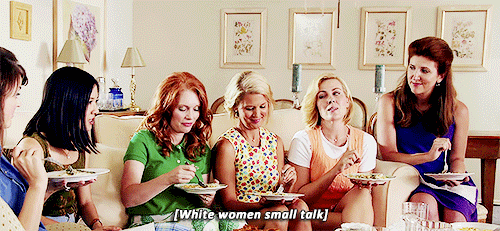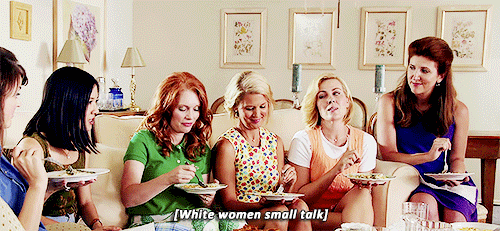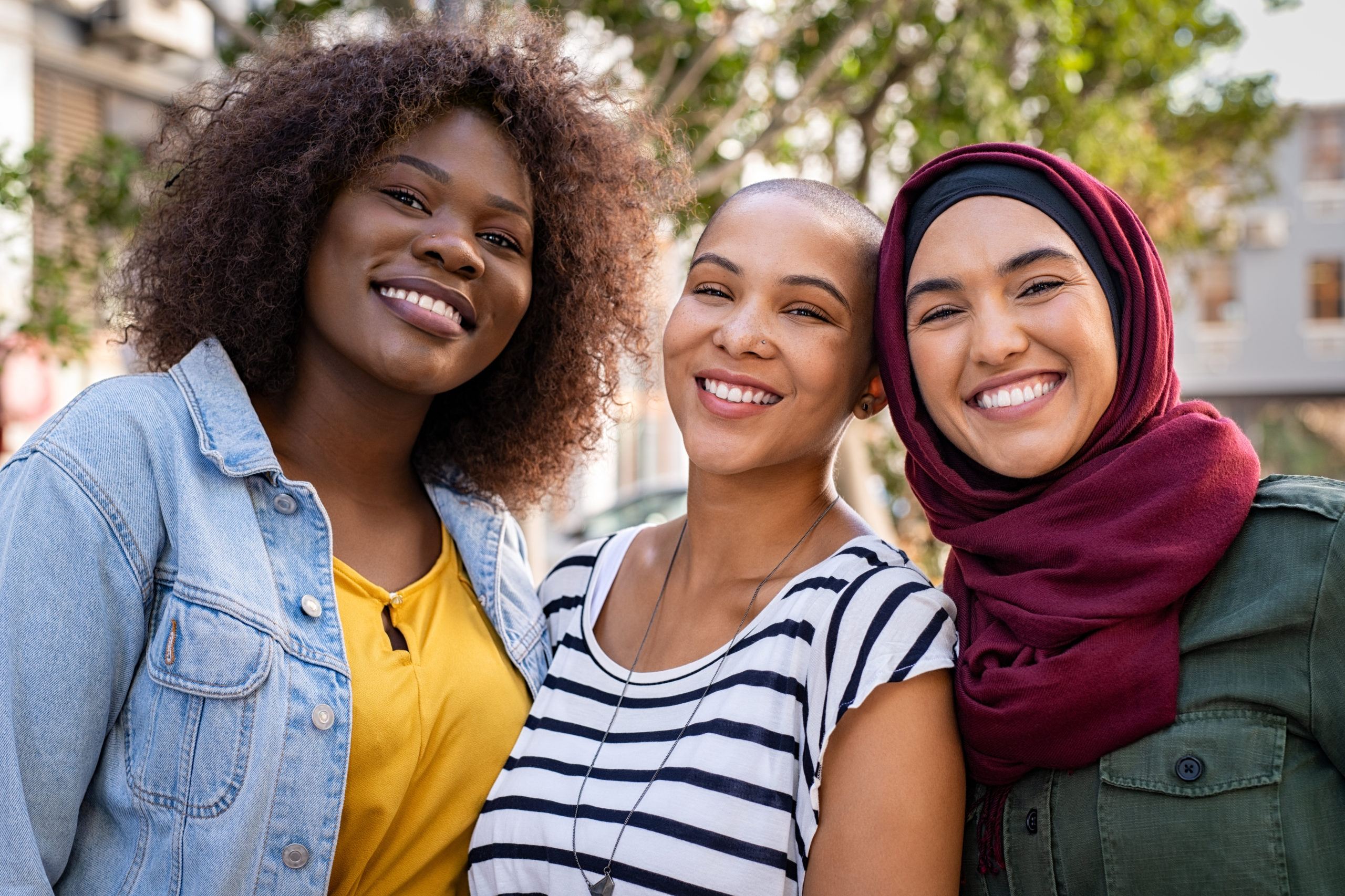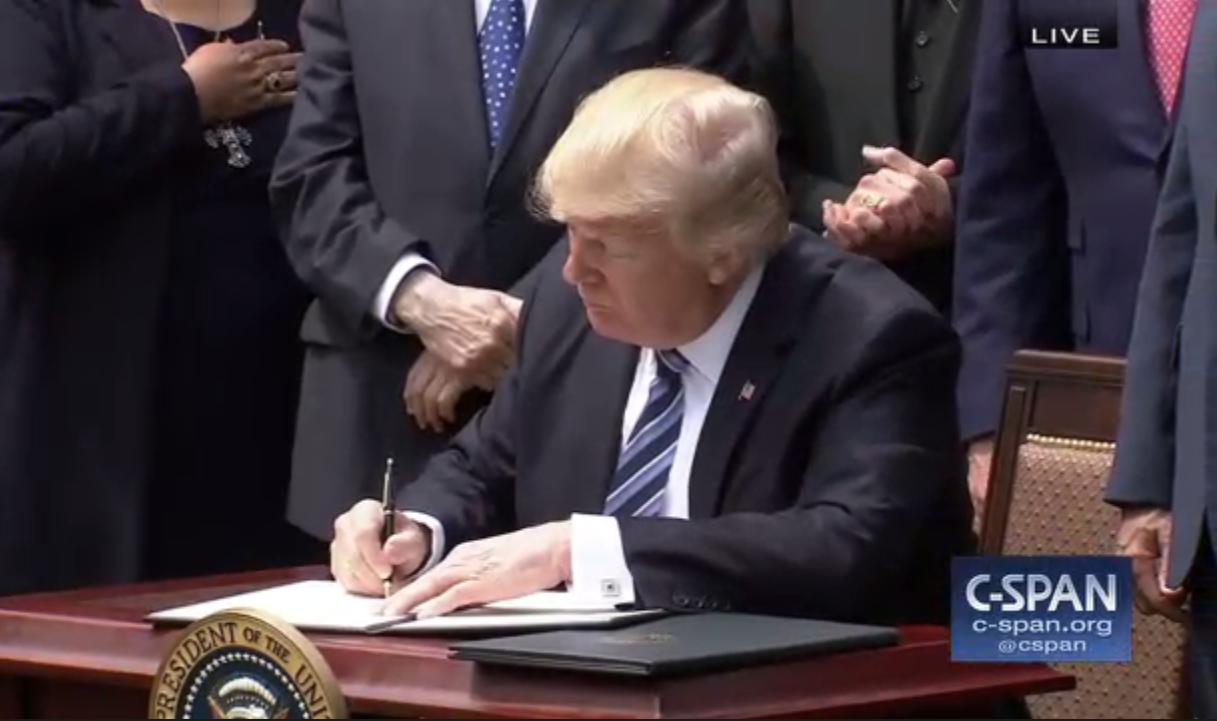Abortion rights, women of color, and LGBTQI+ people are under attack. Pledge to join us in fighting for gender justice.
#whitewashedOUT is About AAPI Invisibility in Every Sense

Do you see yourself reflected in movie or TV characters? The last time I related to a character onscreen was back in 1998 when I saw Disney’s Mulan, where the protagonist disguises herself as a man to protect her father and ends up leading the Imperial Chinese army to defeat the Huns. The film was also made, somewhat problematically, with a mixture of Asian ethnicities. Who you see and more concerning, who you DON’T see underscores how invisibility profoundly affects every aspect of a person’s life.
 Decades of Asian American and Pacific Islander (AAPI) actors filling only supportive and often stereotypical roles. Film directors casting white actors in AAPI roles. Asians serving as the punchline to a joke at Hollywood awards ceremonies. We are fed up. To kick off Asian Pacific American Heritage Month, advocates and comedian Margaret Cho started the hashtag #whitewashedOUT to launch a new movement to address Hollywood’s lack of AAPI representation. The diversity problem in Hollywood has been a hot topic of conversation this past year, and this hashtag serves as a platform for AAPI people to voice their stories about being marginalized. But #whitewashedOUT isn’t simply a hashtag that talks about the exclusion of Asians in Hollywood – it also showcases how AAPI people are rendered invisible in every sense. And when you start exploring how we are represented and how we are faring in other areas – that’s when you find this isn’t just a problem in the movies, it’s all too real.
Decades of Asian American and Pacific Islander (AAPI) actors filling only supportive and often stereotypical roles. Film directors casting white actors in AAPI roles. Asians serving as the punchline to a joke at Hollywood awards ceremonies. We are fed up. To kick off Asian Pacific American Heritage Month, advocates and comedian Margaret Cho started the hashtag #whitewashedOUT to launch a new movement to address Hollywood’s lack of AAPI representation. The diversity problem in Hollywood has been a hot topic of conversation this past year, and this hashtag serves as a platform for AAPI people to voice their stories about being marginalized. But #whitewashedOUT isn’t simply a hashtag that talks about the exclusion of Asians in Hollywood – it also showcases how AAPI people are rendered invisible in every sense. And when you start exploring how we are represented and how we are faring in other areas – that’s when you find this isn’t just a problem in the movies, it’s all too real.
AAPIs in media
The hashtag #whitewashedOUT was the platform AAPIs were waiting for when Hollywood announced Tilda Swinton would be playing the Ancient One in the film Doctor Strange and Scarlett Johansson would be playing Major Motoko Kusanagi based on the manga (Japanese comic book), Ghost In The Shell. And these are just recent examples of Asian roles being whitewashed. With limited AAPI roles in Hollywood films and TV, the fact that these roles went to white actors is indicative of how larger media views AAPI stories – only relevant or relatable if portrayed by non-AAPI people. To strip AAPIs of the ability to tell our own stories keeps us from standing up and having our voice heard which perpetuates the cultural norms we oftentimes work hard to fight against. As actress Ming-Na Wen put it: “Culturally, I think it is not in our nature to confront these types of conflicts, to voice our concerns, to band together to voice our concerns, and that needs to change.”
AAPIs in the workforce
Looking at data on the workforce wage gap among women of color, AAPI women are typically only paid 84 cents to every dollar that a white, non-Hispanic man makes. But more than 50 different ethnic groups comprise AAPIs and each ethnicity within the community experiences different and sometimes wider wage gaps. Miriam Yeung, President of the National Pacific American Women’s Forum (NAPAWF), makes a compelling point about how AAPIs are made to feel invisible when it comes to the wage gap: “When we talk about the wage gap, the Asian American and Pacific Islander (AAPI) women are usually left out of the conversation because we’re often seen as the ‘model minority.’ That divisive assignation serves to hide the complex realities of AAPI communities and the barriers and discrimination we face.” The wage gap picture for AAPI women varies significantly by ethnicity, and factors like education and age play a role across occupations. And it’s not just the wage gap. AAPIs can be made to feel “othered” and not completely accepted by American society, making their integration into the workplace challenging. There’s also very few Asian American leaders – only 2.6 percent of corporate leadership of Fortune 500 companies are Asian Americans, according to DiversityInc. The ‘model minority’ myth hides and make invisible very real problems the AAPI community faces, especially when it comes to the workplace.
AAPIs and reproductive health
Only a few studies report on the reproductive and sexual health trends of AAPI women and girls, according to NAPAWF. This lack of research serves as yet another indicator of how the AAPI community is overlooked in a significant way – and AAPI women and girls face complex and diverse issues when it comes to their reproductive health, such as hesitation when communicating with doctors about their reproductive health or cultural and societal pressures when it comes to bearing certain kinds of children, giving them less control over their health decisions. What could explain this lack of research on a growing population in the United States? This could be due to the fact that culturally, simply talking about sex can be taboo among many in the community, resulting in few willing to participate in survey research. Other times, researchers have cited a small sample size as an explanation for not including AAPIs. But regardless of the reasons, our reproductive health needs and trends vary not just from other races but also within our own community. Researchers must work harder to include us. To continue to discount AAPIs in reproductive health research erases the specific challenges AAPI women and girls face.
AAPIs’ exclusion in research
So what does the absence of AAPIs in research, polling, and data really mean, not just in reproductive health but in other areas? What does it say about how we are viewed? Christopher Kang, the National Director of the National Council of Asian Pacific Americans (NCAPA), sums it up succinctly when talking about a CNN/Kaiser Family Foundation poll that asked about the problem of racism in our society today: “The simple reality: they didn’t believe our views were worth counting.” This erasure of our presence in research has real repercussions. It means that AAPI students can get left behind. It means people like me aren’t considered presidential material. It means we are encouraged in subtle ways to be silent, invisible, and marginalized.
Fast-growing and silent no more
This is why movements like #whitewashedOUT are necessary. As more AAPI actors, students, women, girls, and others speak out, the more the majorities will be made to listen. The more we continue to talk about our collective experiences, the more likely things will change and we can be empowered to think of ourselves as the heroines and the protagonists.





